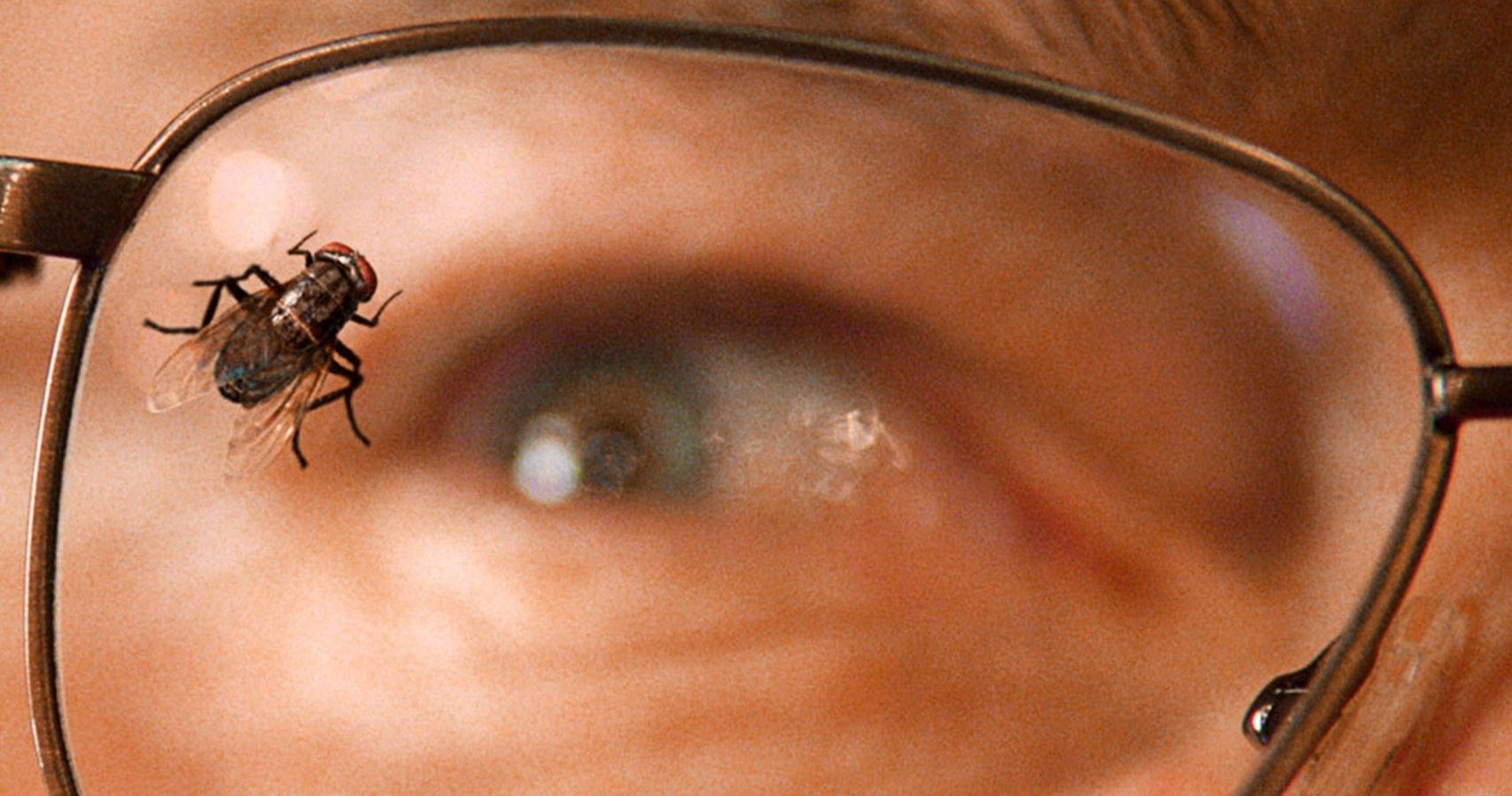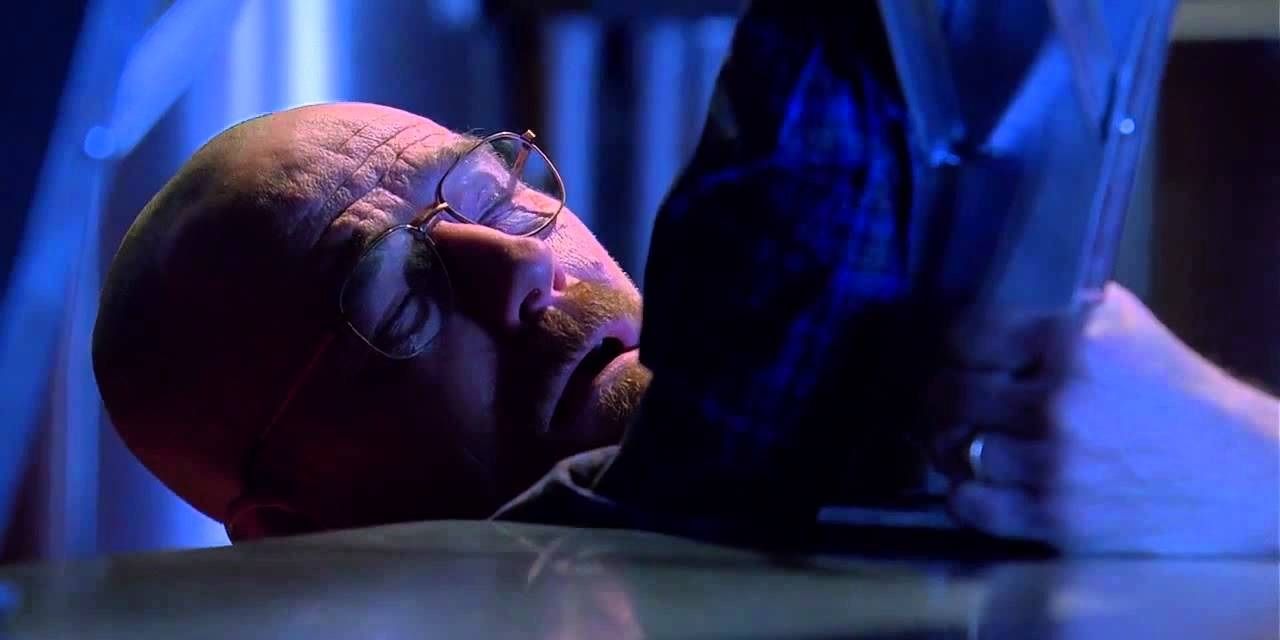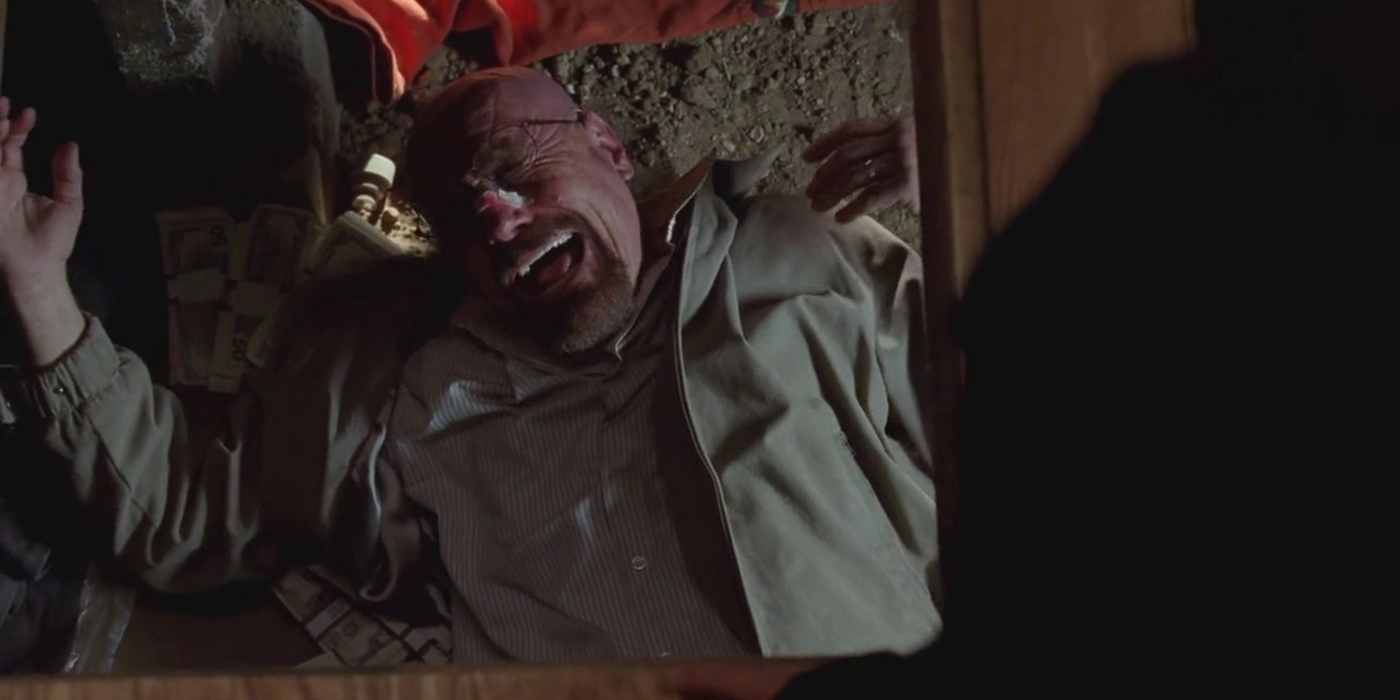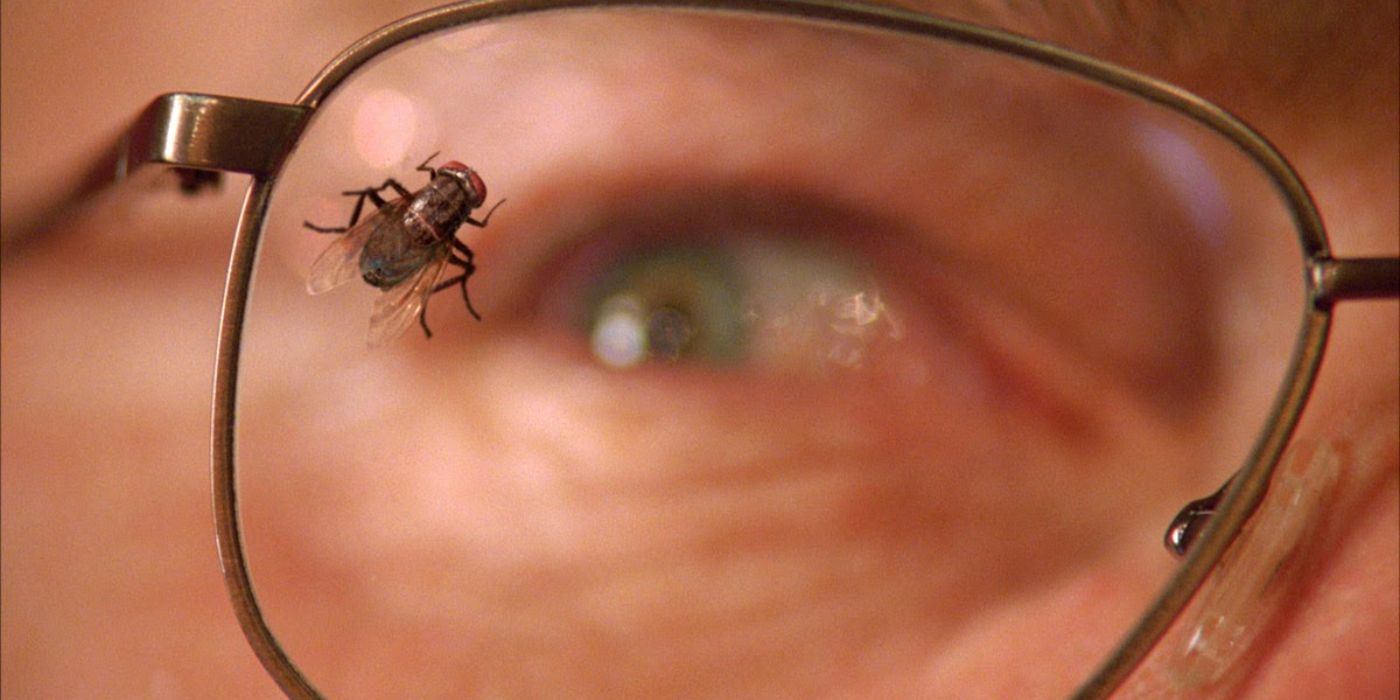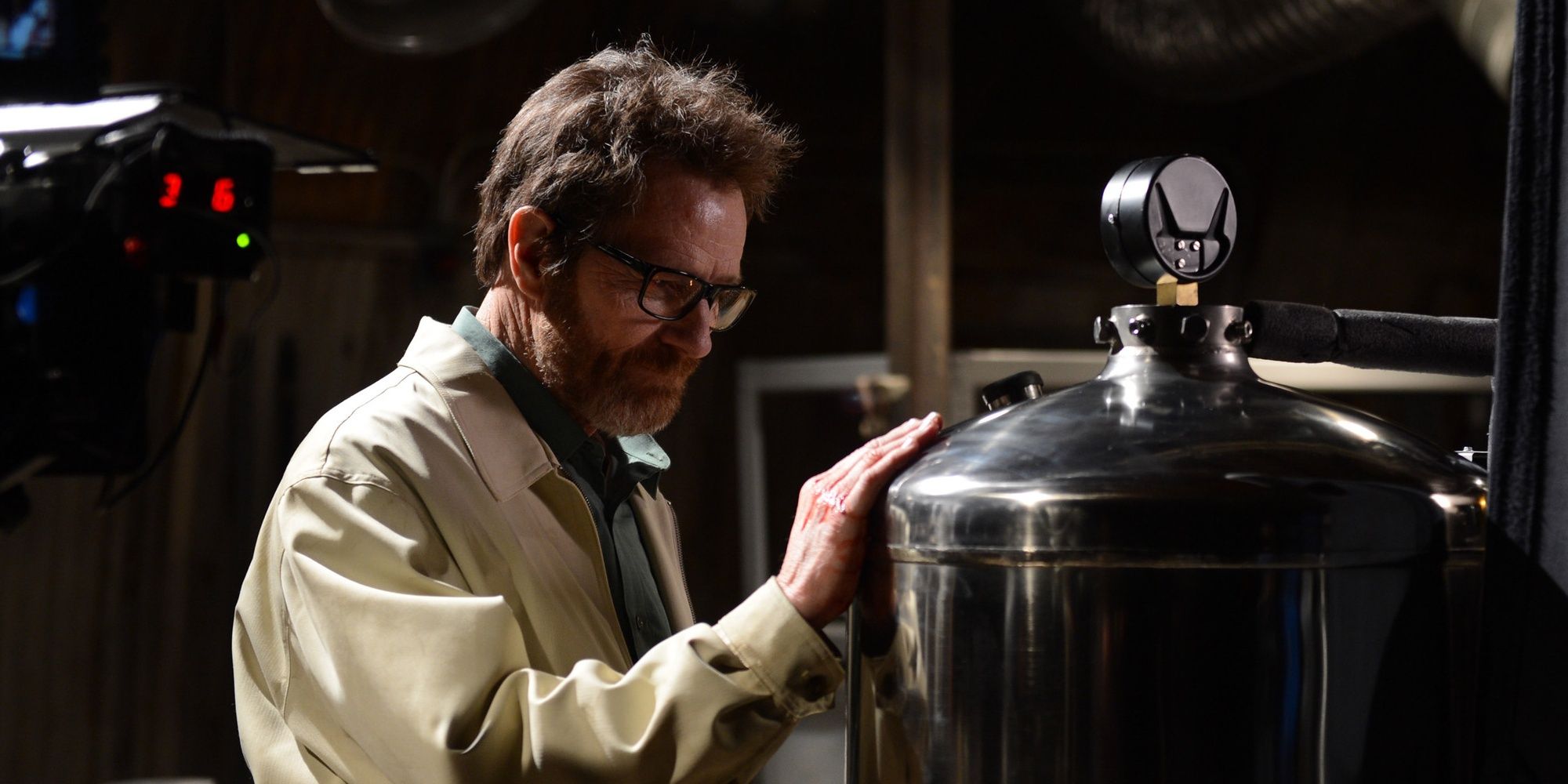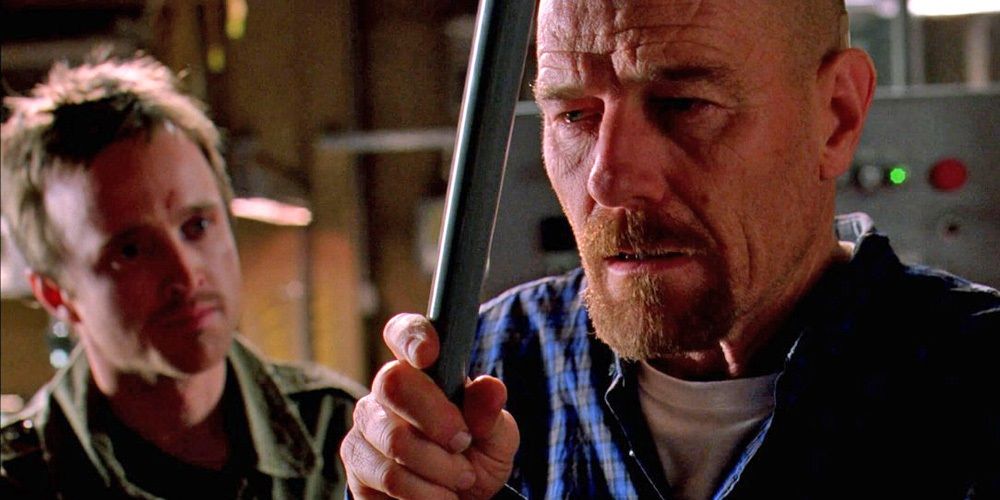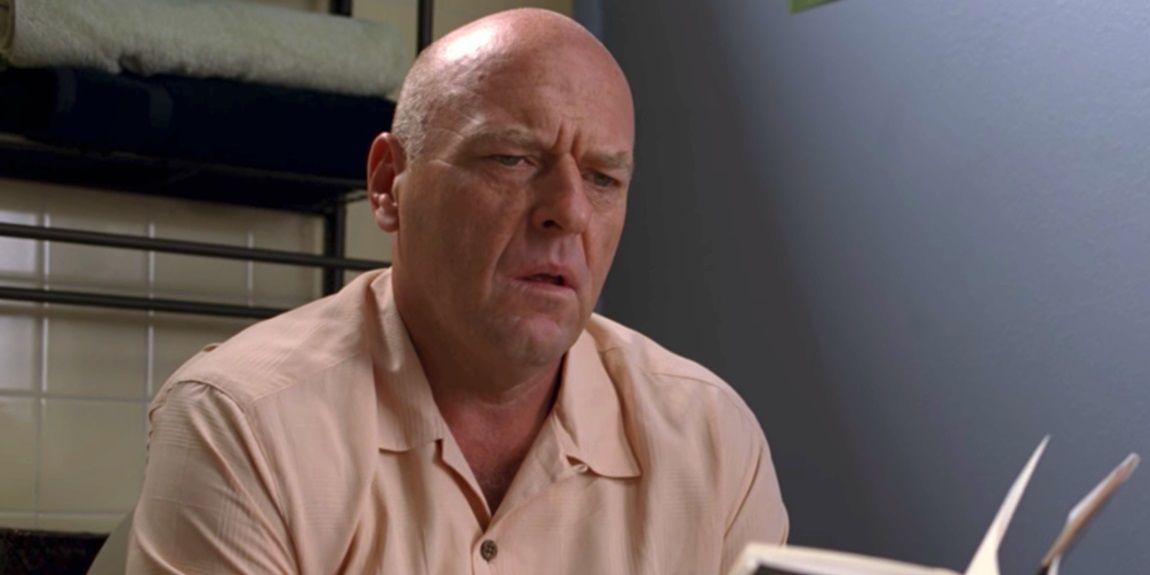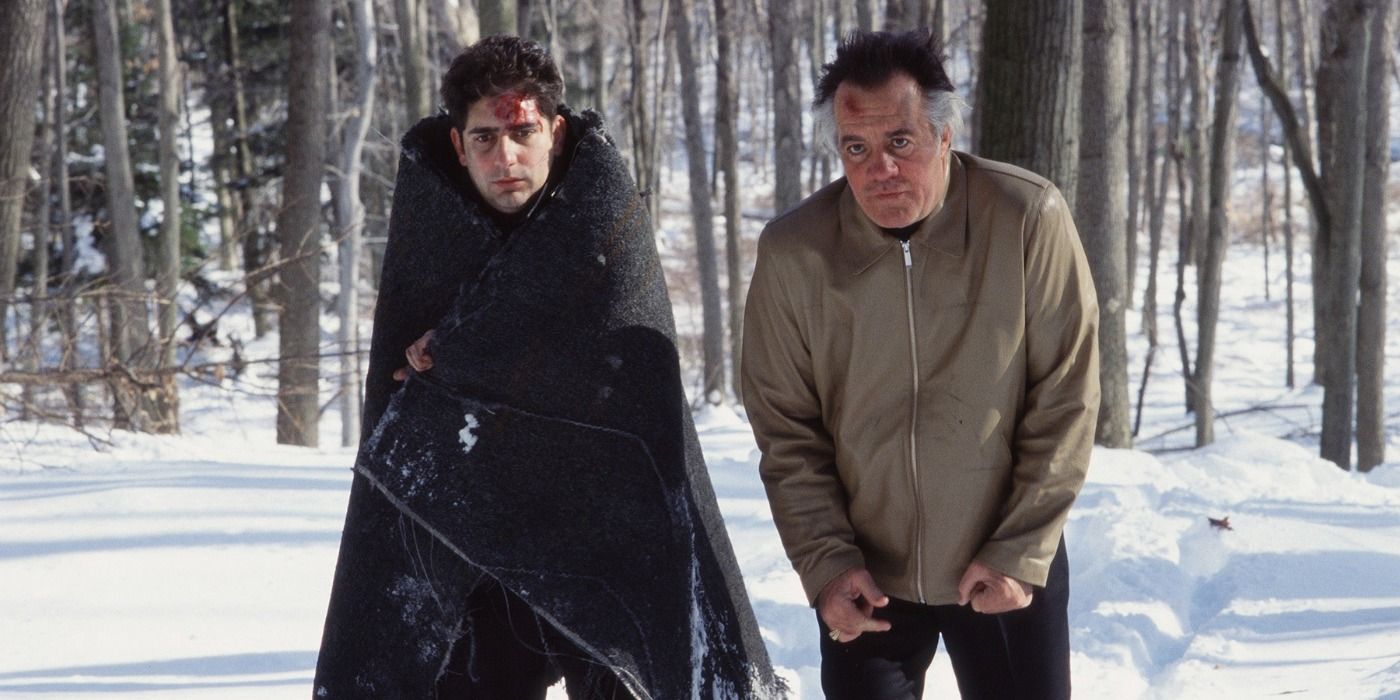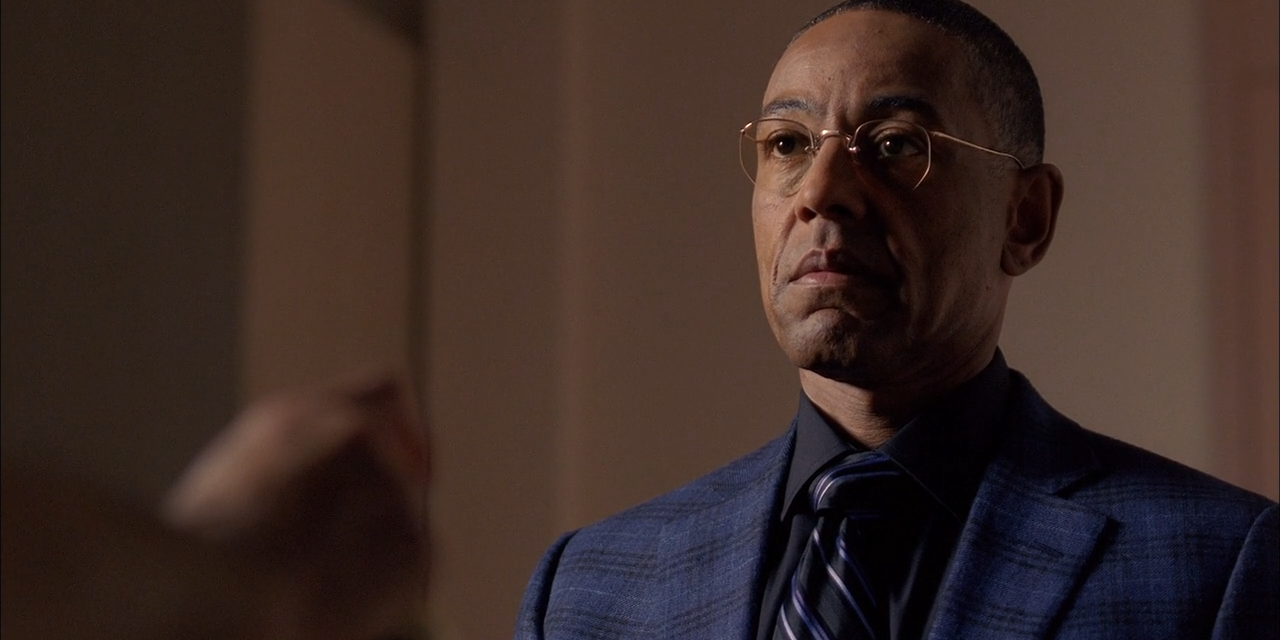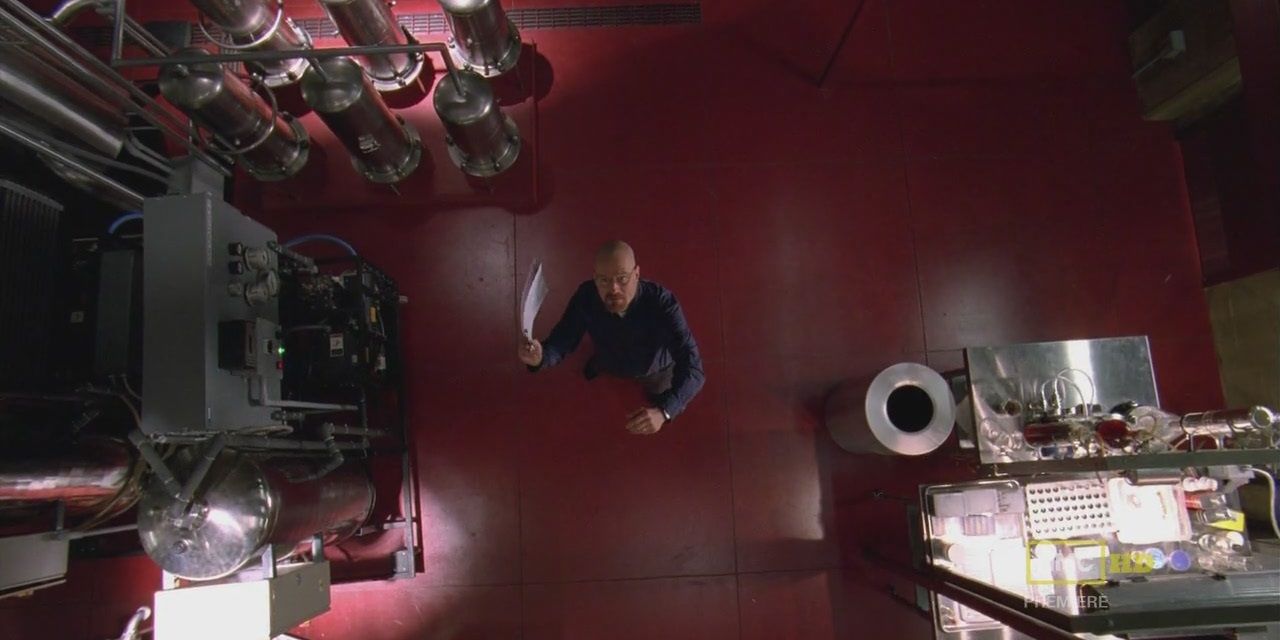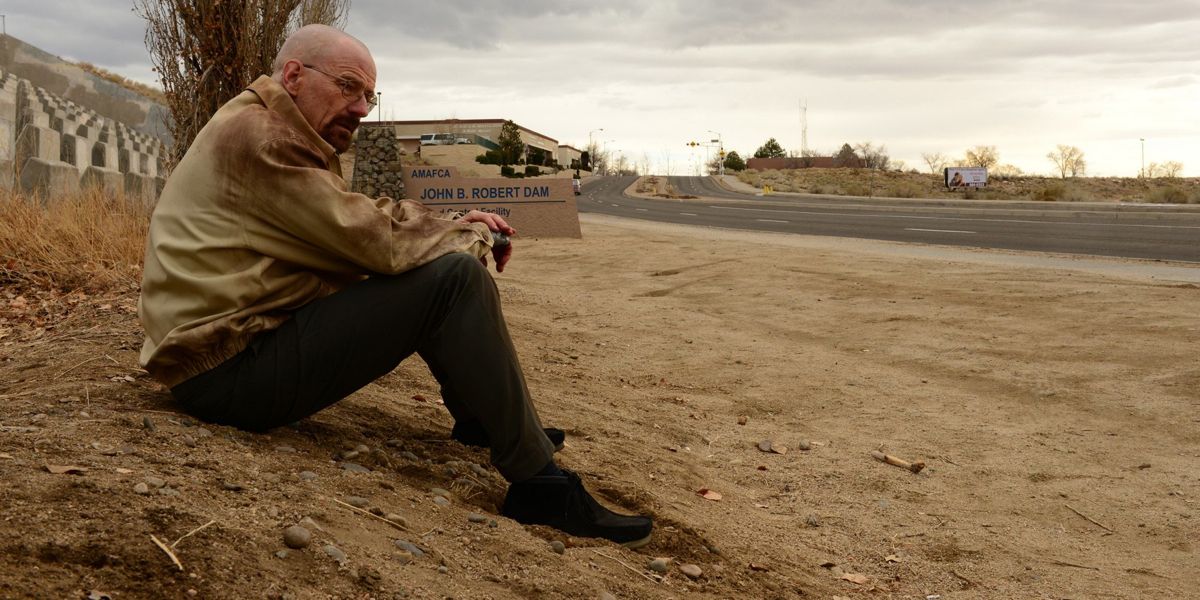Ask any Breaking Bad fan what the best episode of the show is and they’re all bound to have a different answer, each with their own reason for choosing that particular episode. But ask them which one is the most controversial and the answer is likely to be Season 3’s “Fly.” Due to its lack of action and plot progression, this episode irritated a lot of fans.
But some critics have deemed it the show’s best episode, and they have a good point. Here are five reasons why “Fly” is Breaking Bad’s finest hour, and since it’s a controversial pick, and five less polarizing choices for the show’s best episode.
Why It’s The Best: It’s Character-Driven
One of the main criticisms levied at “Fly” is that it doesn’t feature any action. But this is a pretty shallow reason for not liking it. The lack of action simply paved the way for a focus on character. It might be a bottle episode, but bottle episodes can be done right, and this is a prime example.
As a character-driven story about a fly interrupting one of Walt and Jesse’s industrial-sized cooks, “Fly” works as a throwback to the stripped-down, existential, tragicomic style of Waiting for Godot.
Less Controversial Choice: Crawl Space (Season 4, Episode 11)
Season 4’s “Crawl Space” is one of the show’s most intense episodes, and it builds the suspense expertly to the beautifully chilling ending. Gus informs Walt that he’s going to kill Hank, and if he tries to interfere, he’ll kill him and his family, too. So, a panicked Walt finds out how much relocation will cost from Saul, and rushes home to get the cash from the crawlspace.
But when Walt’s down there, Skyler tells him that she gave the money to Ted. He begins laughing maniacally, as a teary-eyed Marie calls to tell Skyler that Hank is being targeted. It’s an incredible dramatic payoff.
Why It’s The Best: The Fly Perfectly Symbolizes Walt’s Guilt
The great thing about “Fly” is that it’s never really about the fly. Instead, it’s about Walt and Jesse’s attempts to project meaning onto the intrusion of the fly. So, the fly only serves to symbolize whatever Walt and Jesse make of it. Going by this logic, it can be seen as a metaphor for Walt’s guilt, because it forces him to confront the guilt he feels after letting Jane die.
Just when Walt is about to reveal the truth to Jesse, the fly comes back to distract them. Jesse’s insistence that Jane’s death was nobody’s fault alleviates Walt’s guilt (hence, Jesse kills the fly), but only temporarily. The anguish returns in the episode’s final moments when another fly appears as Walt suffers through the night with insomnia. He had his chance to come clean and he didn’t, and now, psychologically, he’s back to square one.
Less Controversial Choice: Felina (Season 5, Episode 16)
The series finale of Breaking Bad managed to tie up every single plot thread (except the whereabouts of Huell) in a satisfying way. Having successfully relocated and taken on another identity, Walt realizes he has unfinished business in Albuquerque, and returns to ensure that his family will get his money and it won’t have all been for nothing.
He confesses to Skyler that he got into the meth business for himself, because he enjoyed being the best at something, after months of claiming he was doing it to provide for her and the kids. And in the episode’s powerful final moments, he saves Jesse from Uncle Jack’s compound, but it’s nowhere near enough to earn forgiveness after everything he’s put Jesse through.
Why It’s The Best: Walt And Jesse’s Relationship Takes Center Stage
The most compelling aspect of Breaking Bad is Walt and Jesse’s relationship. The series as a whole is the story of Walter White’s downfall, but this works best when he’s contrasted with Jesse. Throughout the series, we see how horribly Walt’s selfish decision-making affects Jesse, and in “Fly,” this tragic angle takes the spotlight.
Bryan Cranston and Aaron Paul’s chemistry (no pun intended) is on full display as the absence of the other cast members allows their characters’ differences — as well as the core similarities that brought them together in the first place — to come to the surface.
Less Controversial Choice: Gliding Over All (Season 5, Episode 8)
In Season 5’s midseason finale “Gliding Over All,” Walt completes his fabled transformation from Mr. Chips to Scarface as he orders Jack’s white supremacist gangs to murder Mike’s henchmen and their lawyer in prison. Across three different prisons, in the space of two minutes, all ten targets are brutally killed.
Walt has become truly evil, and business is good. Then, in the episode’s shocking final moments, Hank reads Walt’s copy of Leaves of Grass on the toilet, sees Gale’s inscription, and realizes Walt is the elusive drug lord he’s been searching for.
Why It’s The Best: It’s Breaking Bad’s Answer To “Pine Barrens”
“Fly” is often compared to an episode of another hugely acclaimed crime series about a flawed antihero — The Sopranos’ “Pine Barrens” — and that comparison hits the nail on the head. In “Pine Barrens,” Christopher and Paulie take a Russian mobster’s body out to the woods to dispose of it only to find that he’s not dead yet. The Russian runs off into the woods and Christopher and Paulie go looking for him.
Just as “Fly” isn’t really about the fly, “Pine Barrens” isn’t really about the botched hitjob. Both work excellently as character studies, or as televised plays.
Less Controversial Choice: Face Off (Season 4, Episode 13)
The conflict between Walt and Gus comes to a head in the Season 4 finale “Face Off.” Throughout the third and fourth seasons, Walt was confronted with a villain who was even more ruthless and evil than himself, and there was a strange sort of catharsis in seeing Walt sink even lower than Gus to defeat him.
This episode is mainly remembered for the iconic shot of Gus adjusting his tie, with half his face missing, before collapsing to the ground, dead. But the episode as a whole is a testament to Walt’s genius.
Why It’s The Best: It Stands On Its Own
Most of Breaking Bad’s 62 episodes exist as a small piece in a larger puzzle. Together, these episodes hold up as one of the greatest stories ever told. But very few of them work as a standalone piece.
That’s just the nature of serialized television; the episodes aren’t supposed to stand on their own because they are all segments of a larger whole. However, “Fly” completely works by itself. You can watch “Fly” outside of a Breaking Bad rewatch and it’ll still hold up.
Less Controversial Choice: Ozymandias (Season 5, Episode 14)
According to IMDb, Breaking Bad’s “Ozymandias” is the best episode of television ever produced (it has a perfect 10.0/10 score), and it’s easy to see why. “Ozymandias” certainly holds the title of most explosive Breaking Bad episode, and by some metrics, that would automatically make it the best.
This was the episode where everything came to a head, all the secrets came tumbling out, and we got payoffs we’d been waiting for since the pilot episode aired five years earlier. The real genius of this episode is that the payoffs aren’t satisfying; they’re heartbreaking. We watch in despair as already-broken lives fall apart completely.

